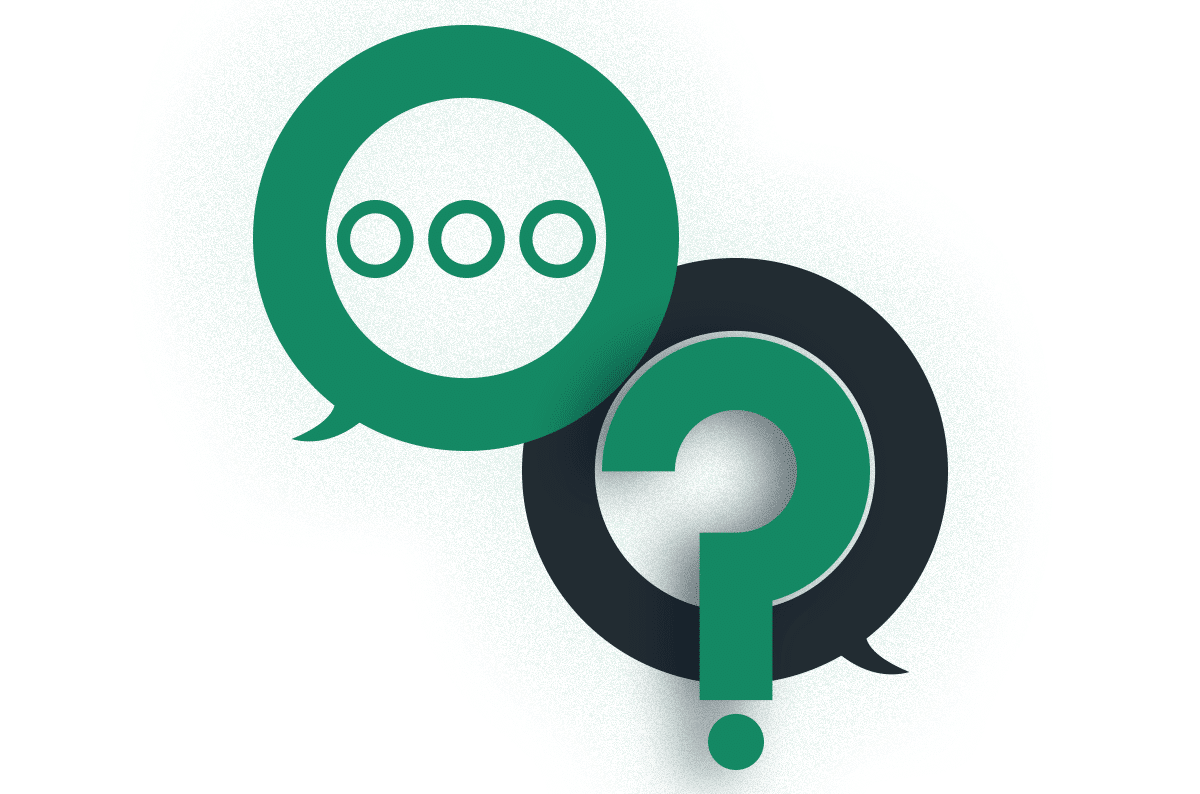SASE is not SD-WAN + SSE

|
Listen to post:
Getting your Trinity Audio player ready...
|
SASE = SD-WAN + SSE. This simple equation has become a staple of SASE marketing and thought leadership. It identifies two elements that underpin SASE, namely the network access technology (SD-WAN) and secure internet access (Security Service Edge (SSE)).
The problem with this equation is that it is simply wrong. Here is why.
- The “East-West” WAN traffic visibility gap: SASE converges two separate disciplines: the Wide Area Network and Network Security. It requires that all WAN traffic will be inspected. However, SSE implementations typically secure “northbound” traffic to the Internet and have no visibility into WAN traffic that goes “east-west” (for example, between a branch and a datacenter). Therefore, legacy technologies like network firewalls are still needed to close the visibility and enforcement gap for that traffic.
- The non-human traffic visibility gap: Most SSE implementations are built to secure user-to-cloud traffic. While an important use case, it doesn’t cover traffic between applications, services, devices, and other entities where installing agents or determining identities is impossible. Extending visibility and control to all traffic regardless of source and destination requires a separate network security solution.
- The private application access (ZTNA) vs secure internet access (SIA) gap: SSE solutions are built to deliver SIA where there is no need to control the traffic end-to-end. A proxy would suffice to inspect traffic on its way to cloud applications and the Web. ZTNA introduces access to internal applications, which are not visible to the Internet, and were not necessarily accessed via Web protocols. This requires a different architecture (the “application connector”) where traffic goes through a cloud broker and is not inspected for threats. Extending inspection to all application traffic across all ports and protocols requires a separate network security solution.
What is missing from the equation? The answer is: a cloud network.
By embedding the security stack into a cloud network that connects all sources and destinations, all traffic that traverses the WAN is subject to inspection. The cloud network is what enables SASE to achieve 360 degrees visibility into traffic across all sources, destinations, ports, and protocols, anywhere in the world. This traffic is then inspected, without compromise, by all SSE engines across threat prevention and data security. This is what we call SSE 360.
SASE vs SD-WAN: What’s Beyond Security | Download the eBookThere are other major benefits to the cloud network. The SASE PoPs aren’t merely securing traffic to the Internet but are interconnected to create a global backbone. The cloud network can apply traffic optimization in real time including calculating the best global routes across PoPs, egressing traffic close to the target application instead of using the public Internet and applying acceleration algorithms to maximize end-to-end throughout. All, while securing all traffic against threats and data loss. SASE not only secures all traffic but also optimizes all traffic.
With SSE 360 embedded into a cloud network, the role of SD-WAN is to be the on-ramp to the cloud network for both physical and virtual locations. Likewise, ZTNA agents provide the on-ramp for individual users’ traffic. In both cases, the security and optimization capabilities are delivered through the cloud. This cloud-first/thin-edge holistic design is the SASE architecture enterprises had been waiting for.
Cloud networks are an essential pillar of SASE. They exist in certain SASE solutions that use the Internet, or a third-party cloud network such as are available through AWS, Azure, or Google. While these cloud networks provide global connectivity to the SASE solution, they are decoupled from the SSE layer and act as a “black box” where the optimizations of routing, traffic, application access, and the ability to reach any geographical region, are outside the control of the SASE solution provider. Having a cloud network, however, is preferred for the reasons mentioned than having no cloud network at all.
SASE needs an updated equation. SASE = SD-WAN + Cloud Network + SSE. Make sure you choose the right architecture on your way to full digital transformation.















